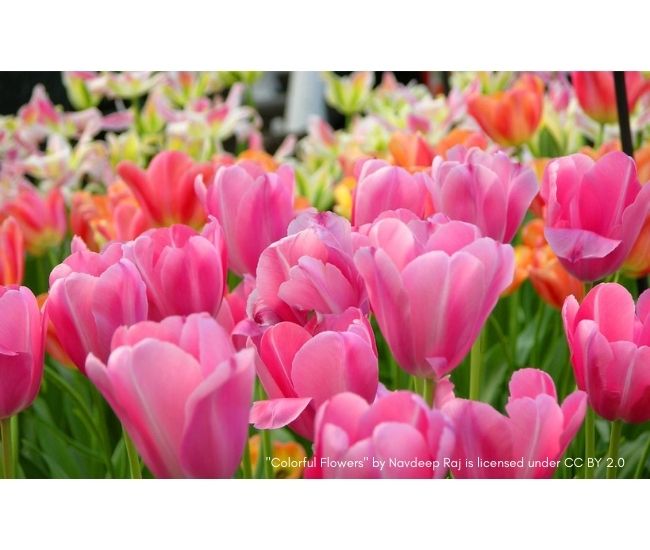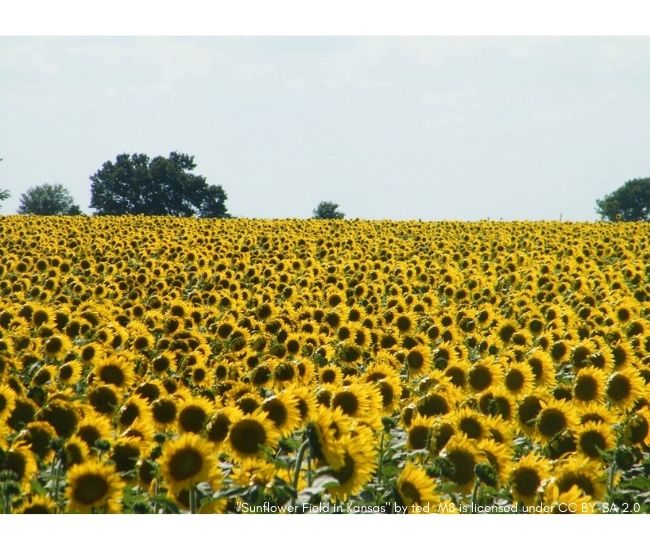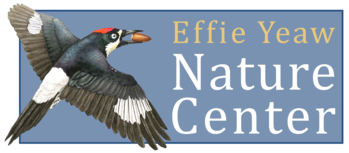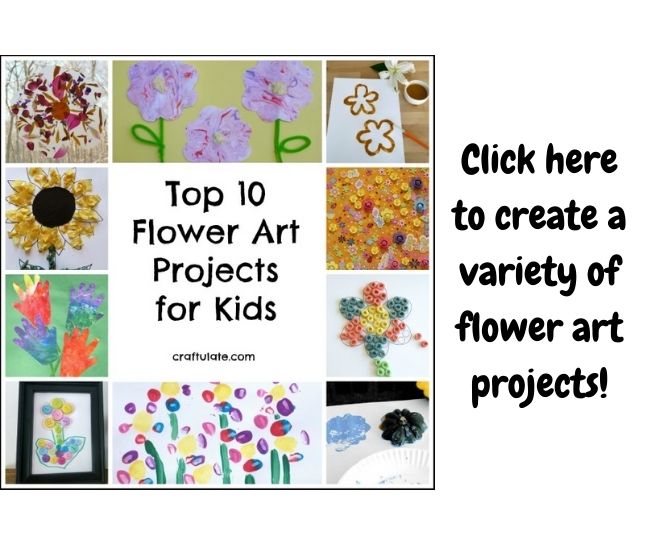Learn
Flowers are well known for their brilliant vibrant beauty. They provide a pleasing appearance and are a popular gift as a way to show someone you care. Flowers come in all different shapes and sizes providing nectar and pollen to our pollinating friends. Though what makes them truly stand apart from each other is their incredible colors leading us to wonder how flowers get their color? The short answer is anthocyanin and carotenoid plus other contributing factors.

The colors in flowers are made up of pigments and generally speaking the fewer the pigments the lighter the color. The most common pigments in flowers come in the form of anthocyanin. These pigments range in color from white to red to blue to yellow to purple and even black or brown! A different kind of pigment class is made up of the carotenoid. Carotenoids are responsible for some yellows oranges and reds. This is also the cause to those brilliant colors of autumn leaves! While many flowers get their colors from either anthocyanin or carotenoid there are some that can get their colors from a combination of both.

Anthocyanin and carotenoid are the main sources of flower coloration but there are other factors that can affect how colors present themselves. The amount of light flowers receive while they grow the temperature of the environment around them and the pH level of the soil they’re growing in can all affect their coloration. Another factor is stress from the environment including a drought a flood or lack of nutrition in the soil which can dampen the coloration of flowers. There is also the visual that the eye and brain form together. Humans can for the most part view all colors in the visible spectrum. However every human perceives color differently causing a red rose to appear more vibrant to one person while it appears more muted to another.

Create
Click here or the image below for 10 different flower art projects for kids!
Activate
During the springtime explore your local park or neighborhood and count how many different colored flowers you see! Are they flowers influenced by anthocyanin or carotenoid? Maybe both? Create a chart and compare your results!
Additional Resources
n
Learn more about flowers and their colors here!

